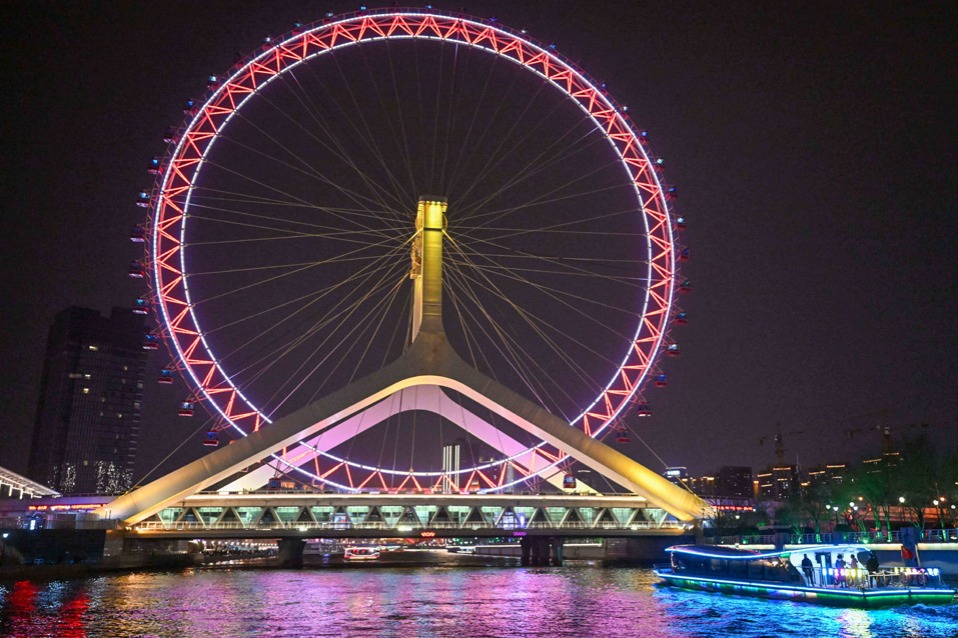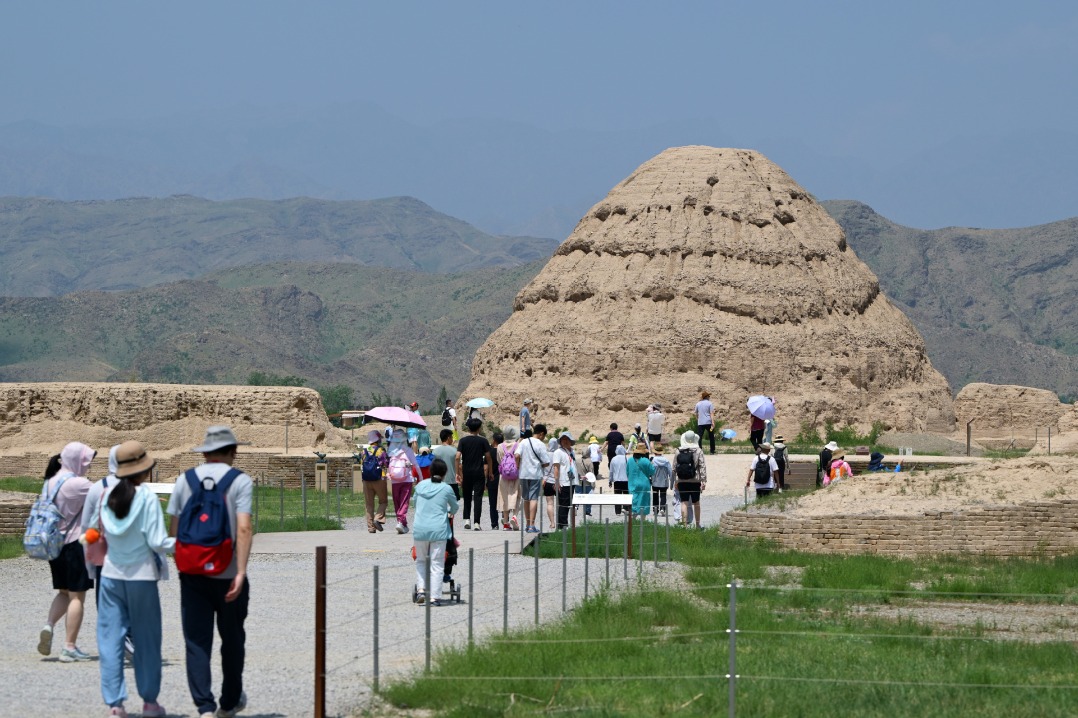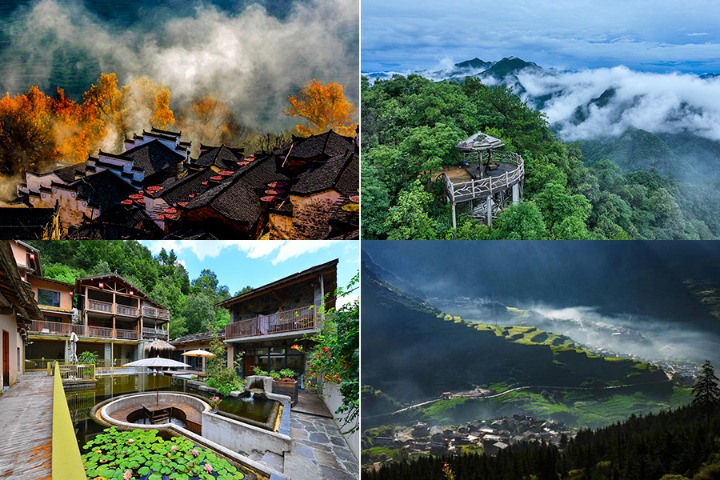Tomorrow's world has already arrived

A recent media trip to Zhejiang, my first visit to the province and one of the few forays I've been able to make outside of Beijing in the two-and-a-half years I've been here, treated me to a vision of the future.
Of course, it included a visit to the world's largest small commodities trading center in Yiwu, likely a de rigueur stop, but I am not a shopper (or a trader) and so to the chagrin of my Mandarin teacher — a dedicated follower of livestreaming — what piqued my interest most were two visits to what the Zhejiang authorities call "future community projects".
Conceived in 2019 and responding to the national goals of common prosperity and sustainability, these hyper-connected residential communities are designed to foster what the one we visited in Jiaxing's Nanhu district referred to as "traditions for the future".
The goal is to create urban and rural communities that are more than mere development projects by throwing governance, education, culture, healthcare, fitness and sustainable living, into the mix.
At present, nine are being piloted, among them Jiaxing's Yuli Future Community and Xueshuigang village, but Zhejiang intends to "futurize" all its communities eventually. In practice, this means two things: services and automation.
On the services side, the communities offer everything from libraries, cafes, screening rooms, evening classes, telemedicine clinics and day care centers for children and the elderly, to exhibition spaces, craft centers, parks, museums, schools, smart running tracks and sports facilities. Each is built around a community center (or centers), which serve as places to gather and to deal with things like passports, ID cards or official certificates, all delivered online via e-government portals, removing the need to visit government departments.
On the automated side, communities are digitized, with many of their services monitored from a dedicated center. Inevitably high-tech and featuring vast, sci-fi-esque wall screens, the centers control everything from power consumption, traffic lights and heating to streetlights, and can also respond to emergencies automatically. In rural communities, climate control in greenhouses, drip-irrigation systems and even fertilizing are also part of the remit. Residents can monitor and control some things through a community mobile phone app, particularly home functions like heating, water use and lighting, as well as book classes and appointments, and even rent out their parking space when it's not in use to make a little lucre on the side.
This degree of remote control and efficiency is achieved through the convergence of key technologies such as the internet of things, cloud computing and AI, enabled by 5G and of course, surveillance cameras. The result is either mildly chilling or warmly reassuring, depending on your perspective.
Architecturally, the focus is on efficiency, sustainability, comfort, and modernity. Because communities are rural as well as urban, historical as well as new, and approaches range from preservation/repurposing to bold, contemporary architecture with Chinese and international inflections.
In the Yuli community, which is a joint project between the provincial government, real estate developer Vanke and the Shanghai PTA Architectural Design Consulting Co, the focus was on being bold, and the bright white and daringly cantilevered community center we stopped outside immediately made me think of a cross between architect Oscar Niemeyer's Museum of Contemporary Art in Niteroi in Brazil and a Bailongtan yardang. In Xueshuigang meanwhile, the focus was on traditional-with-tweaks, homes that blended in with their surroundings, as well as upgrades to buildings deemed culturally relevant and thus, worth preserving.
By marrying development with the provision of services, Zhejiang's goal appears to be the creation of communities designed to serve their inhabitants throughout their lives. Based on innovation, integration and information, they are spaces to live, to grow and to connect, both with other residents and, thanks to extensive landscaping, with nature. In Zhejiang, the future is coming, and it will be visible to the world on wall-sized flat-screens.
Contact the writer at warren@chinadaily.com.cn


































